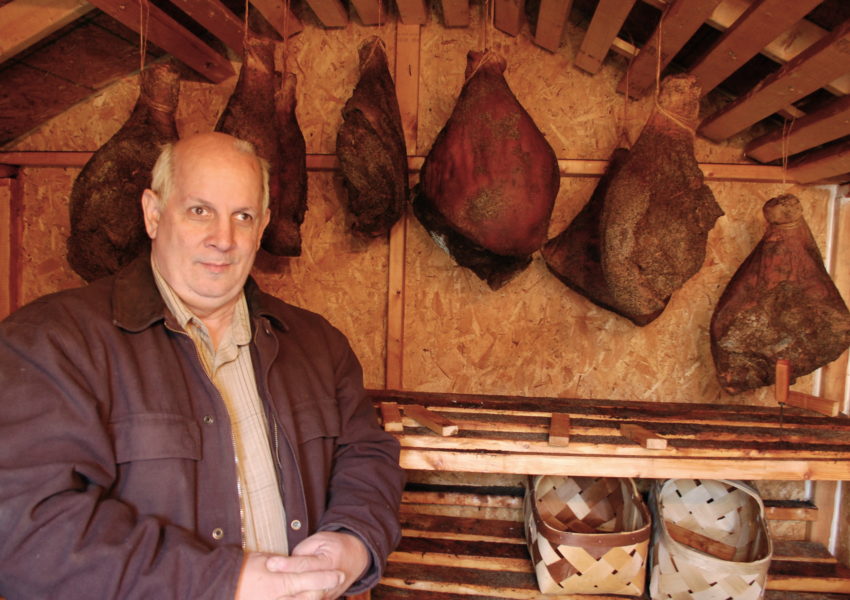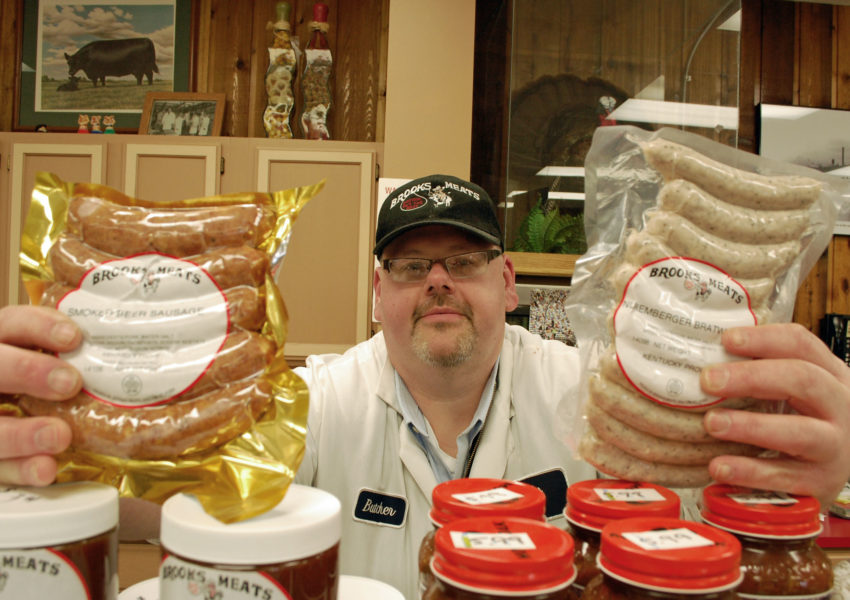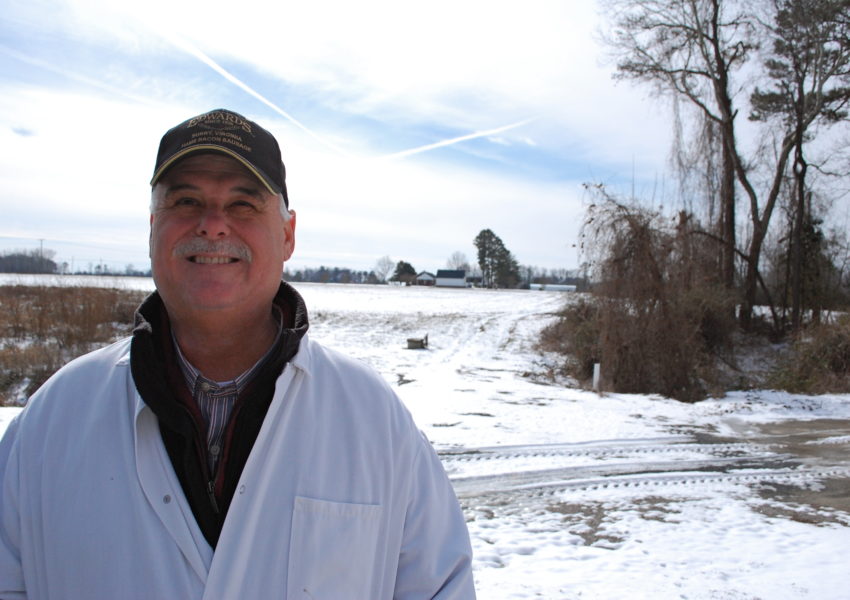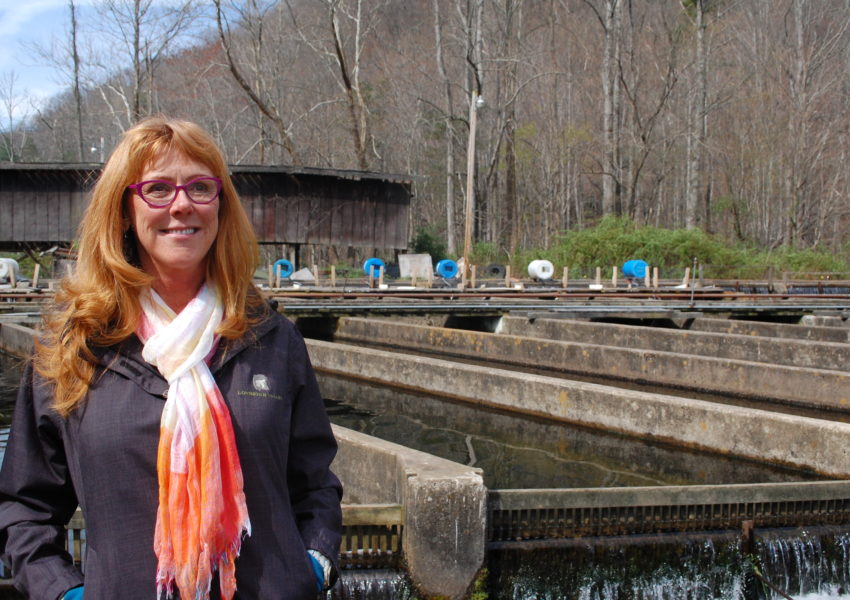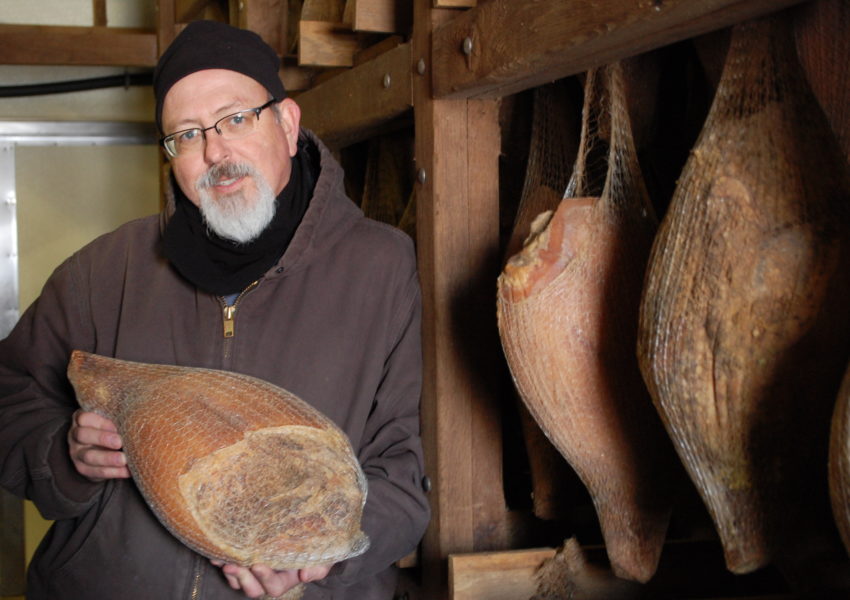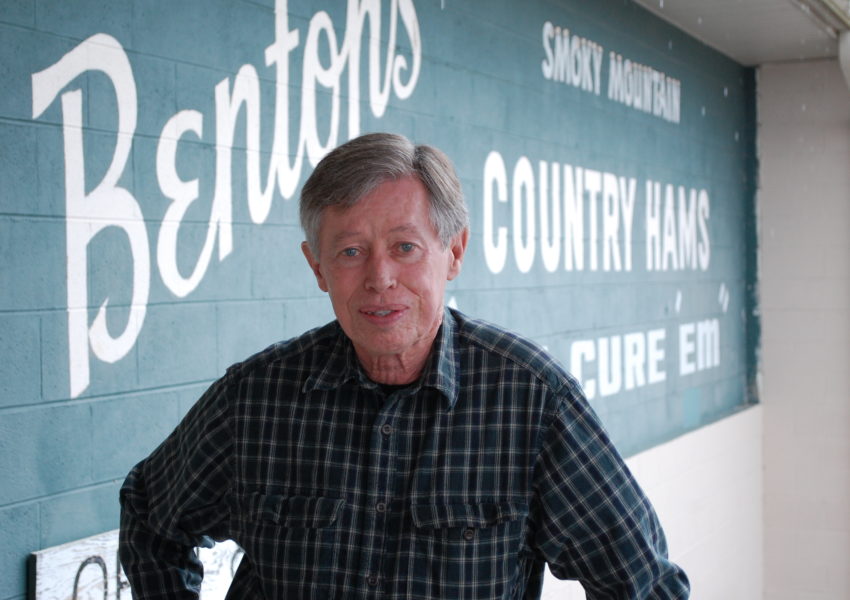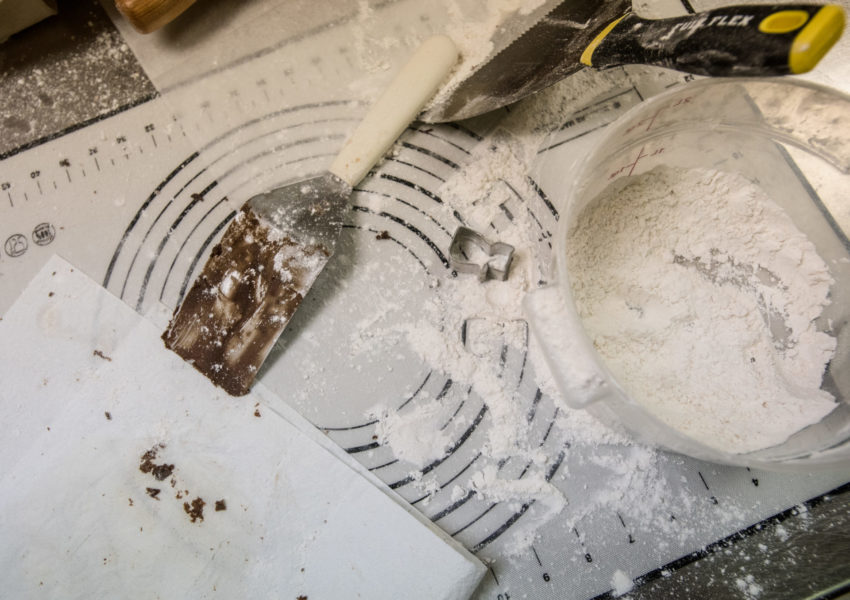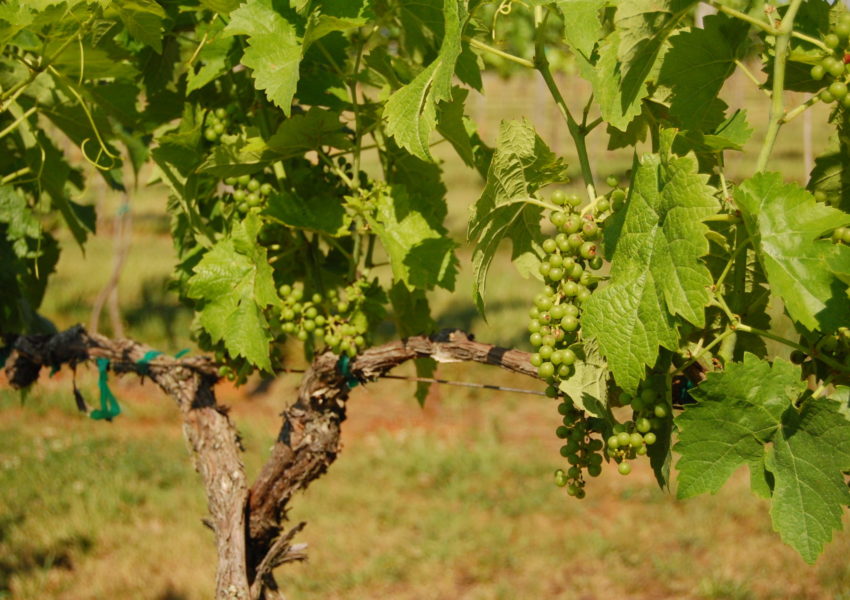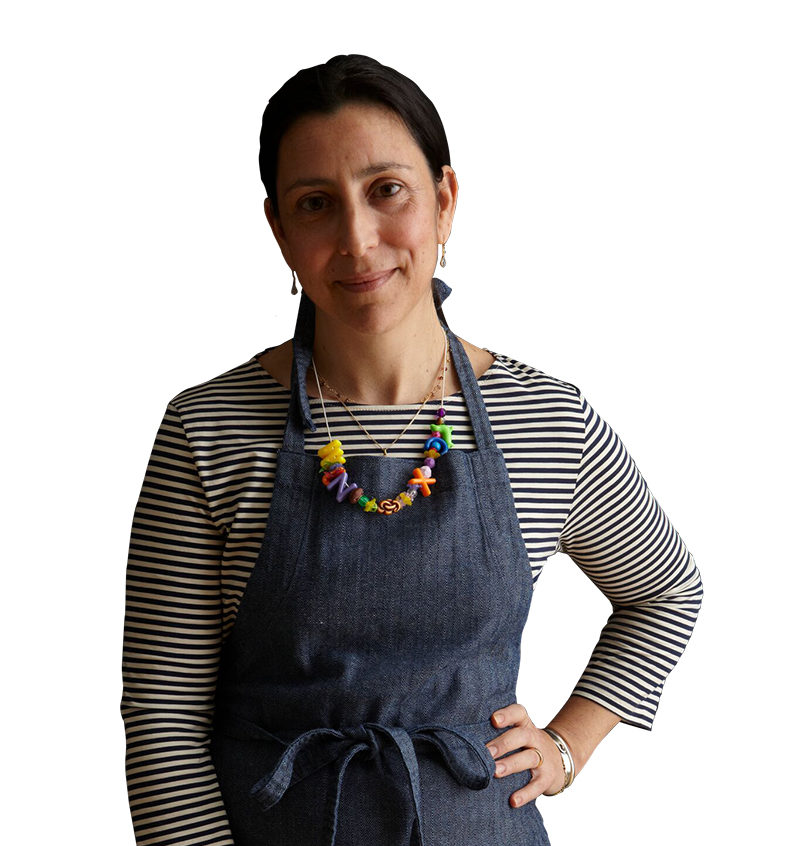The weather and atmospheric conditions stretching across Kentucky, Tennessee, North Carolina, and Virginia lend the region its nickname, “the ham belt.” Southern curing traditions took shape from the skills of Native Americans and early European settlers. They echo throughout this region today. As Sally Eason of Sunburst Trout Farms puts it: “With our being so close to the Cherokee [Indians] in this part of the Appalachians, why would we not want to carry that on?”
Curing makes protein “shelf stable,” stretching supply through the year with salt, sometimes smoke, maybe a little brown sugar, perhaps a little pepper. As Allan Benton tells us in his story about growing up in Virginia, “It was just simply bragging rights about who made the best sausage or the best ham or the best bacon. . . they could turn it into cash when cash was so scarce.”
The process cannot be rushed. Curing demands patience and memory. Over the years the process has dramatically shifted. Technology eclipsed most ambient curing methods. Hogs are leaner. Government regulations make old methods trickier to implement. Others weathered these challenges by staying true to the time-old traditions of curing meat. Whether it’s ham, sausage, bacon, fish, caviar, or coppa, the stories documented here carry on what’s been handed down from ancestors.
Curing extends the past into our present, shaping our identity. Here are the stories of folk who carry forward those investments of salt, smoke and time.


